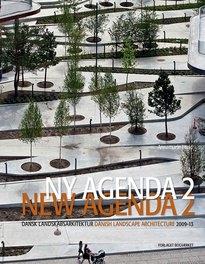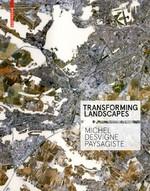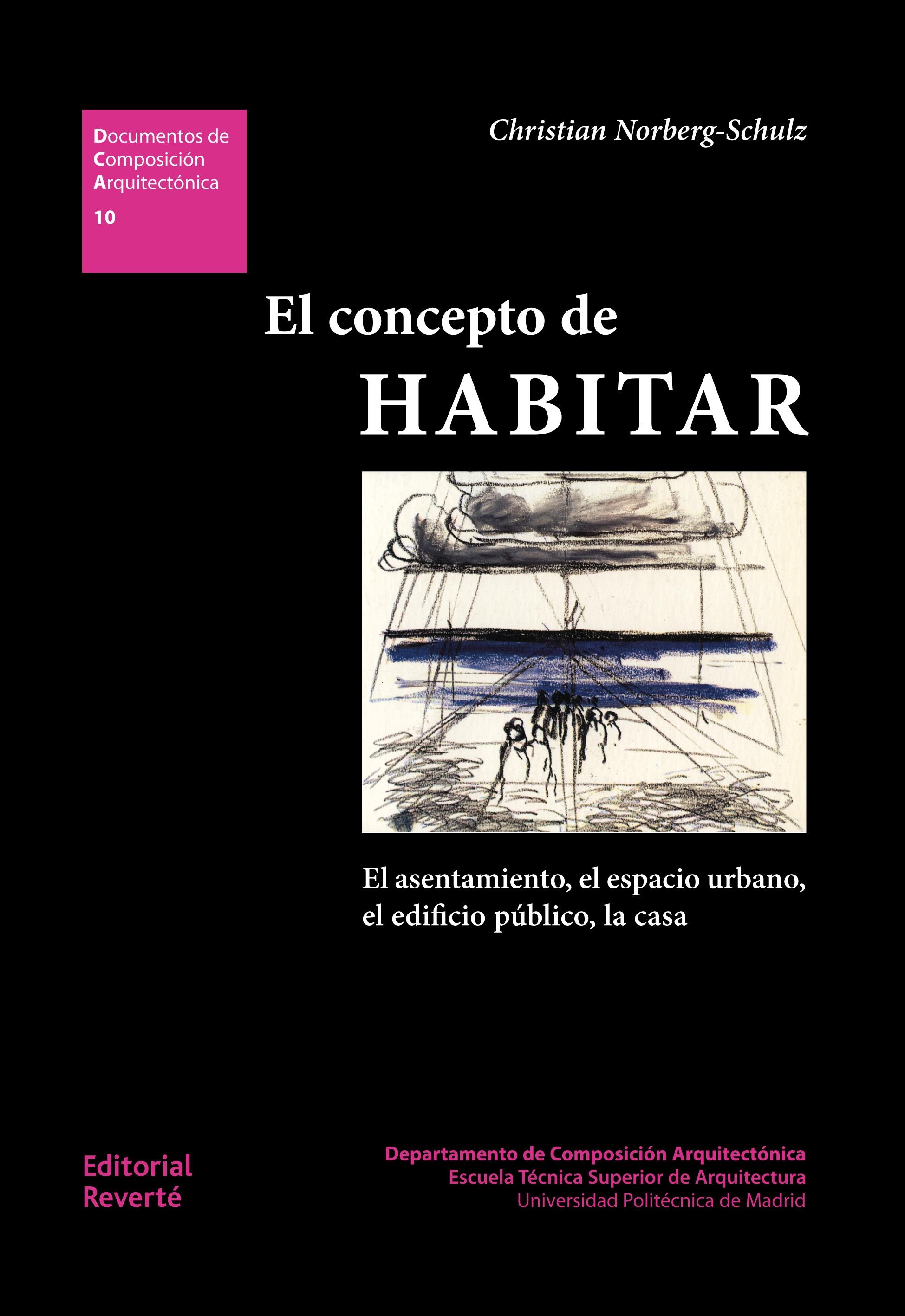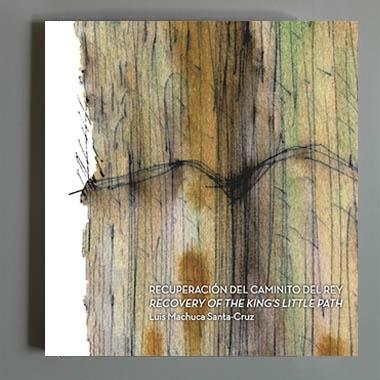NY AGENDA 2. NEW AGENDA 2. DANSK LANDSKABSARKITEKTUR. DANISH LANDSCAPE ARCHITECTURE 2009-13

Autor/es
- EAN: 9788792420282
- ISBN: 978-87-924202-8-2
- Editorial: BOGVAERKET FORLAGET
- Año de la edición: 2014
- Encuadernación: Rústica
- Páginas: 200
- Materias:
configuración del paisaje
dinamarca: arquitectura y arte
Sin stock. Envío en 15/30 días
pvp 40,00 €
New Agenda 2 showcases the best Danish landscape architecture projects from the period 2009-2013 - as a natural follow-up to New Agenda from 2009, which covered the previous five years. The book presents 39 landscape schemes from 29 different offices that were undertaken and completed between 2009 and 2013 - a final selection from 109 submissions. These have been grouped into five sections - New Sobriety, Heritage Reinterpreted, Exercise through Play, Urbanisation and Climate and Growing Power After All - to cover major trends identified in design in landscape architecture over the five years. There is a foreword and an essay by Annemarie Lund on Old-time Values and an essay by Lisa Diedrich on The Danish Way - A European Glance at Danish Landscape Architecture. The financial crisis that struck with its full force at the beginning of the period does not seem to have affected the number, size and quality of the projects. Landscape architecture counts among the cheapest building and construction services and has not been noticeably affected by the crisis. However, since the first book the agenda has changed, triggered by unprecedented rainfall, flood disasters and a growing obesity epidemic. Climate adaptation is now high on the agenda, precisely because the landscape architect here can combine functionality - in the form of drainage, for instance, which is much cheaper than sewerage - with beauty and nature, or, as has happened in Lemvig, with a high-water barrier that forms a structuring, beautifying and practical part of the harbour environment. Hence, many urban, landscape and water spaces are designed to invite physical activity and interaction. In addition, themes such as 'cultivate your city and other citizen involvement projects are developed that give residents joint ownership of otherwise public areas. Furthermore, landscape architecture experiments are conducted with the concept of 'temporality as a new approach to the development of new areas such as Fredericias abandoned industrial port. Finally, revitalisation and reinterpretation of our heritage is a major topic as seen in, for example, Fredensborg Palace Gardens, Kongens Have in Odense, manor gardens and Kronborg. Landscape architects still hold on to the virtues that made Danish design known internationally, but they now introduce new elements to the palette, showing a profession that has finally gained its independence after many years in the shadow of the building architects. If any aspects can be seen as common to the widely diverse and varied landscapes presented in the book, it is the Danish determination and persistence to use the very best materials as a matter of principle, investing in the future, but also to show courage when dealing with historic towns or major monuments to both try and to succeed with innovative or radical ideas. Danish and English language edition. Richly illustrated with photos and drawings.





